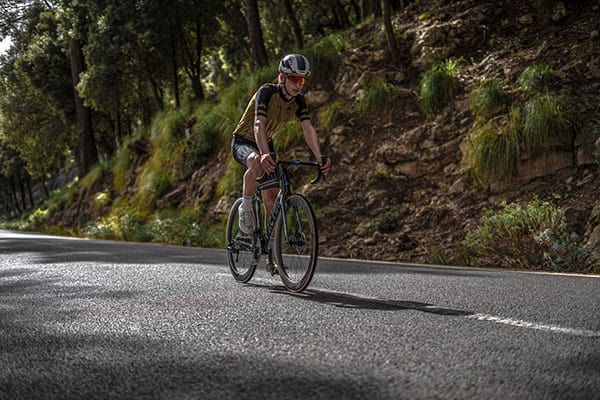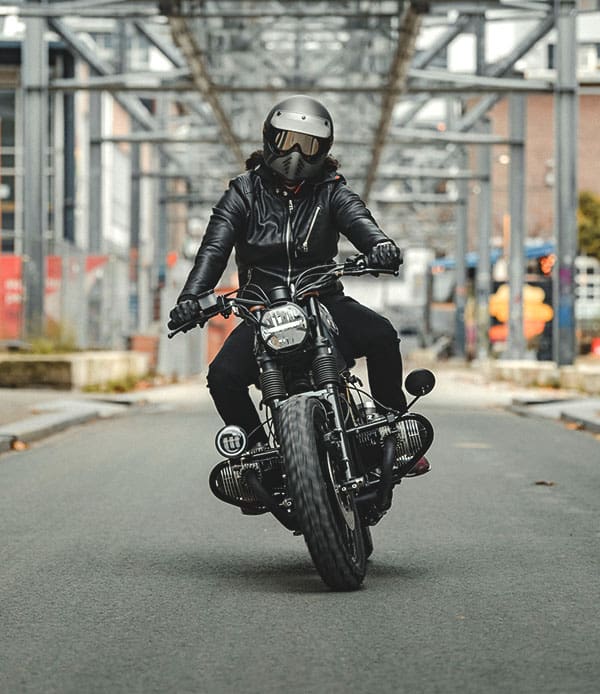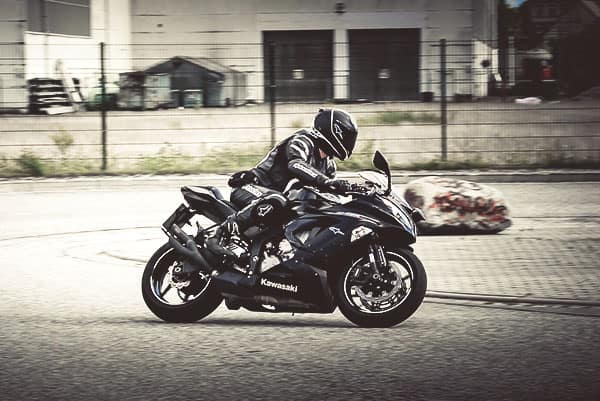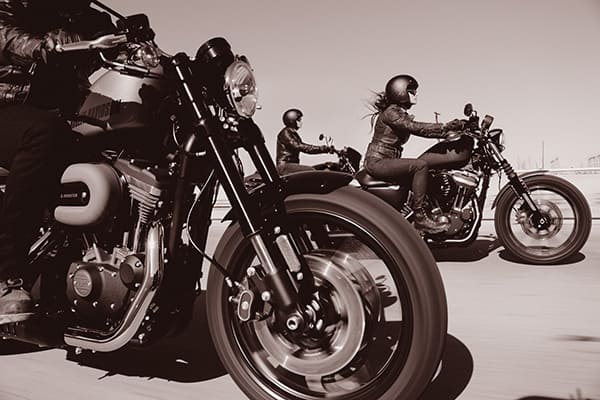Is an E-Bike a Motorized Vehicle?
Decoding the Debate: Is an E-Bike a Motorized Vehicle
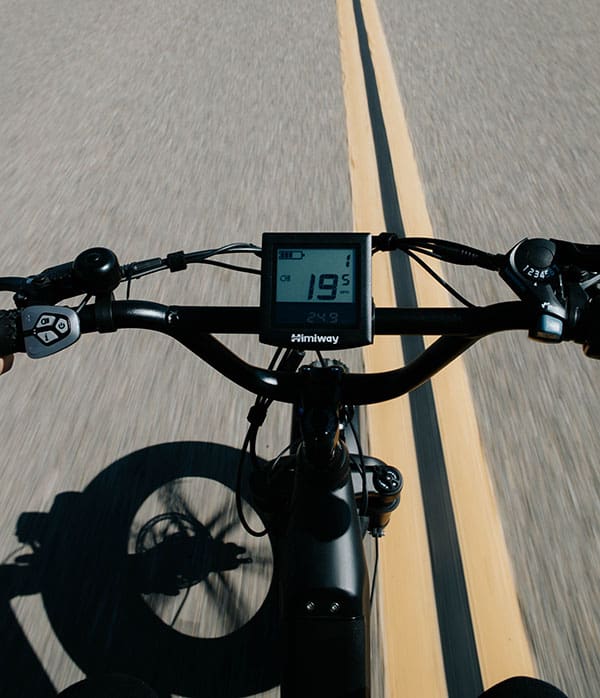
As e-bikes gain popularity worldwide, discussions about whether they should be classified as motorized vehicles persist among riders, legislators, and the wider population. This article seeks to unravel the controversy surrounding the query, “Is an E-Bike a Motorized Vehicle?”, by looking into the definitions of e-bikes and motorized vehicles, legal viewpoints, advantages and disadvantages, rules, and the effects on both e-bike users and motorized vehicle users. By understanding these aspects, e-bike enthusiasts and opponents alike can make informed decisions and contribute to the ongoing dialogue.
E-Bike Vs Motorized Vehicle
E-bikes, also known as electric bikes, are bicycles equipped with an electric motor that assists the rider in pedaling. They typically have rechargeable batteries and allow the rider to switch between manual pedaling and electric assistance, providing a more accessible and energy-efficient mode of transportation while motorized vehicles are vehicles powered by an internal combustion engine or an electric motor, without the need for manual pedaling. Examples of motorized vehicles include cars, motorcycles, scooters, and trucks. They are designed for various purposes, such as personal transportation, goods transportation, and public transit.
| Category | E-Bikes | Motorized Vehicles |
|---|---|---|
| Definition | Bicycles with an electric motor for assistance | Vehicles powered by internal combustion engine or electric motor |
| Popularity | Among commuters and eco-friendly individuals | Widely used in modern society |
| Purpose | Easier pedaling and sustainable transportation | Mobility and convenience for people and businesses |
| Examples | Electric mountain bikes, electric road bikes | Cars, trucks, buses, motorcycles |
| Energy Source | Electric motor (battery-powered) | Internal combustion engine or electric motor |
Legal Perspectives: Is an E-Bike a Motorized Vehicle?

Federal law in the United States classifies electric bicycles (e-bikes) as a distinct category from motorized vehicles. According to the Consumer Product Safety Commission (CPSC), an e-bike must meet the following criteria to be considered an electric bicycle and not a motorized vehicle:
- The e-bike must have fully operable pedals, allowing the rider to pedal and propel the bike without the assistance of the electric motor.
- The e-bike must have an electric motor with a maximum output of no more than 750 watts (1 horsepower).
- The e-bike’s top speed on level ground, when powered solely by the electric motor and not being pedaled, should not exceed 20 miles per hour (32 km/h) for Class 1 and Class 2 e-bikes, or 28 miles per hour (45 km/h) for Class 3 e-bikes.
However, state and local laws may differ, and e-bike riders should be aware of the specific regulations in their area. It is essential for riders to familiarize themselves with the specific rules and local law in their area. Some common regulations include:
- Power output limits: Jurisdictions often cap e-bike power outputs between 250-750 watts.
- Assisted speed restrictions: E-bikes may face speed limits around 20-28 mph (32-45 kph).
- Age requirements: E-bike riders might face minimum age restrictions, typically 14-16 years old.
- Helmet mandates: Some areas require e-bike riders to wear helmets, based on jurisdiction and classification.
- Access limitations: E-bikes could be banned from specific public spaces like bike paths, parks, and pedestrian zones, depending on their motorized vehicle classification.
Pros and Cons of E-Bikes as Motorized Vehicles
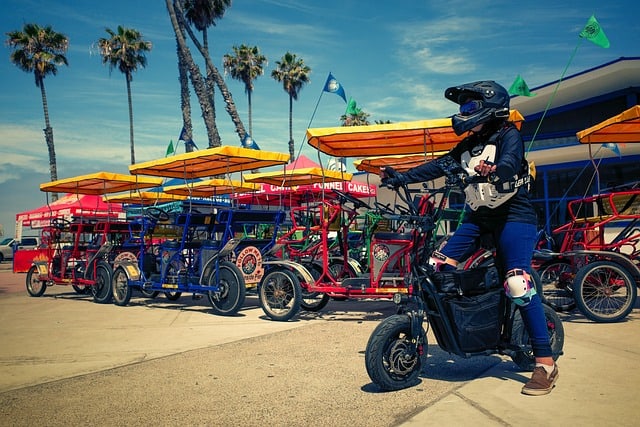
There are both advantages and disadvantages to classifying e-bikes as motorized vehicles. Some of the potential benefits include:
There are both advantages and disadvantages to classifying e-bikes as motorized vehicles. Some of the potential benefits include:
- Enhanced road safety: Classifying e-bikes as motorized vehicles may enforce stricter safety measures, like compulsory helmets and lights.
- Boosted infrastructure investment: E-bikes, as motorized vehicles, could attract more funding for facilities like dedicated lanes and charging stations.
- Regulatory clarity: Consistent e-bike classification as motorized vehicles can minimize confusion for riders, motorists, and law enforcement.
However, there are also several potential drawbacks to this classification:
- Enhanced expenses for riders: Categorizing e-bikes as motorized vehicles could expose them to extra charges, taxes, and insurance necessities, raising the total cost of ownership.
- Restricted access to public areas: E-bikes deemed as motorized vehicles might face limitations in accessing specific public spaces like bike trails, parks, and pedestrian zones.
- Discouraging e-bike adoption: Certain individuals could be discouraged from opting for e-bikes as a means of transportation if they fall under identical rules and requirements as motorized vehicles.
E-Bike Access to Public Spaces and Trails

The ability for e-bikes to enter public areas and pathways plays a vital role in the discussion about categorizing e-bikes as motorized vehicles. In specific regions, e-bikes labeled as motorized vehicles face bans from particular public spaces, including cycling routes, parks, and areas for pedestrians. Such limitations could reduce the practicality and adaptability of e-bikes as a means of transport, possibly hindering their widespread acceptance.
On the other hand, granting e-bikes unlimited entry to public areas and pathways could lead to apprehension for other individuals, including walkers and conventional bike riders, who might feel endangered or overwhelmed by e-bikes’ presence. Achieving equilibrium between offering e-bike users access to communal spaces and maintaining the security and well-being of everyone involved is a multifaceted issue that necessitates careful analysis and cooperation among all parties concerned.
However General Provision by National Park Service has issued a final rule governing the use of electric bicycles (e-bikes) in the National Park System. This rule implements Secretary of the Interior Order 3376 and establishes rules for e-bike usage on parks’ roads and trails, subject to current regulations. The use of e-bikes aims to increase bicycle access in parks while advancing the NPS’s “Healthy Parks Healthy People” goals.
Safety Considerations for E-Bike Riders

Whether or not e-bikes are classified as motorized vehicles, safety should always be a top priority for riders. Some safety considerations for e-bike riders include:
- Helmet use: A well-fitted helmet greatly reduces head injury risk during accidents.
- Lights and reflectors: Proper e-bike lighting and reflectors enhance visibility, lowering collision risk.
- Safe speed: Riders should maintain appropriate speeds, especially in congested areas, to prevent accidents.
- Alertness: Stay attentive to surroundings and potential hazards, including pedestrians, cyclists, and vehicles.
- Traffic rules compliance: E-bike riders must know and follow local traffic regulations.
The debate surrounding the classification of e-bikes as motorized vehicles is complex and multifaceted, with implications for riders, motorized vehicle users, and the broader community. As e-bikes continue to gain popularity and their presence on the road increases, it is essential for stakeholders to engage in thoughtful dialogue and collaboration to strike a balance between ensuring safety, accessibility, and convenience for all users.
FAQs
What type of vehicle is an electric bike?
An electric bike is a type of bicycle that is powered by an electric motor.
What category is electric bike?
Electric bikes are classified as “electric bicycles” or “e-bikes” and are regulated as bicycles.
What is the difference between e-bike and motorized bike?
The main difference between an e-bike and a motorized bike is that an e-bike is pedal-assisted, meaning that the electric motor only provides assistance when the rider pedals, while a motorized bike does not require pedaling.
Is an electric bike a motorcycle?
No, an electric bike is not a motorcycle. It is classified as a bicycle.
Is an ebike a moped?
No, an ebike is not a moped. A moped is a type of motorized vehicle that has a small engine and can be pedaled like a bicycle, but also has a throttle for acceleration.
What are electric bikes also called?
Electric bikes are also called e-bikes or electric bicycles.
What are the 3 types of Ebikes?
- Pedelec e-bikes
- Throttle e-bikes
- S-pedelec e-bikes
What are the 2 types of e-bikes?
- Class 1 e-bikes – pedal-assisted with a maximum speed of 20 mph
- Class 2 e-bikes – throttle-assisted with a maximum speed of 20 mph
What does E stand for in e-bike?
The “E” in e-bike stands for “electric”.
Is an E-Bike a Motorized Vehicle? Read More »


